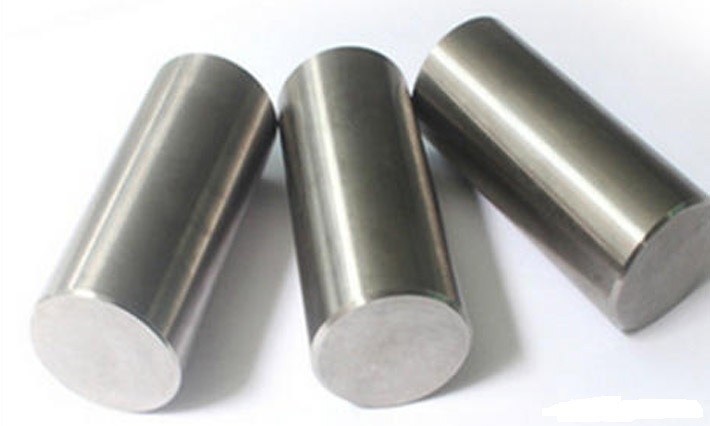Production Process of Tungsten Nickel Iron Alloy

Production Process of Tungsten Nickel Iron Alloy
Tungsten-nickel-iron alloy is an alloy based on tungsten (about 90 to 98%) and added with nickel, iron, copper, or other components, and its specific gravity is generally 17.0 to 18.5. It is characterized by high sintering density, good strength, a certain degree of ferromagnetism, good plasticity and machinability, good thermal and electrical conductivity, and excellent absorption of γ-rays or x-rays. In this article, we will take a look at the production process of tungsten nickel iron alloy.

Production Process of Tungsten Nickel Iron Alloy
The specific steps are as follows:
1. Pour the tungsten, nickel, and iron powders into the reactor according to the proportions and quantitatively, and mix them thoroughly, then add the resin binder in the corresponding proportions for mixing, and raise the temperature to 180°C, to evenly mix the resin binder which is in a viscous fluid state after heating and the powder to prepare a viscous fluid mixture.
2. Connect the extruder pipeline to the material output pipeline of the mixing reactor, then install the mold on the extruder, connect the mold pipeline, and design the molding parameters. The pellets are extruded onto the prepared model through an extruder and rolled into shape. During the extrusion molding process, the temperature of the die is kept at 100°C and the temperature of the extruder is kept at 180°C. After the mold is rolled into shape, it is taken out and then enters the debinding process.
3. Place the forming mold on the alumina ceramic plate, put it into the catalytic degreasing furnace, and set the degreasing process parameters. The debinding temperature is 110℃, the nitrogen flow rate is 25l/min, the amount of oxalic acid is 2g/min, and the catalysis time is 4 hours. After the debinding is completed, take it out and the product weight loss ≥7.2 is qualified and enters the sintering process.
4. Put the debinding alloy green embryo into a sintering furnace, control the temperature to rise gradually, sinter the green embryo through multiple temperature stages, and control the sintering time and temperature maintenance of different temperature stages. At the same time, quantitative hydrogen is injected to maintain the pressure in the furnace, and after the sintering is completed, forced cooling is performed.
5. After the sintered alloy is taken out, the density of the product is measured with a density meter. Qualified products are ultrasonically cleaned, dried, and polished, and the surface of the product is checked for damage and scratches. Unqualified products are selected, and the corresponding data is recorded, and then reprocessed to improve the utilization rate of raw materials and avoid wasting resources.
Compared with the prior art, this technology has the advantage of increasing the strength, hardness, and toughness of the tungsten-nickel-iron alloy.
Conclusion
Thank you for reading our article and we hope it can help you have a better understanding of the production process of tungsten nickel iron alloy. If you want to learn more about refractory metals and alloys, we would like to advise you to visit Advanced Refractory Metals (ARM) for more information.
Headquartered in Lake Forest, California, USA, Advanced Refractory Metals (ARM) is a leading manufacturer & supplier of refractory metals & alloys across the world. It provides customers with high-quality refractory metals & alloys such as tungsten, molybdenum, tantalum, rhenium, titanium, and zirconium at a very competitive price.
{{item.content}}
LEVE A REPLY
{{item.children[0].content}}
{{item.content}}






